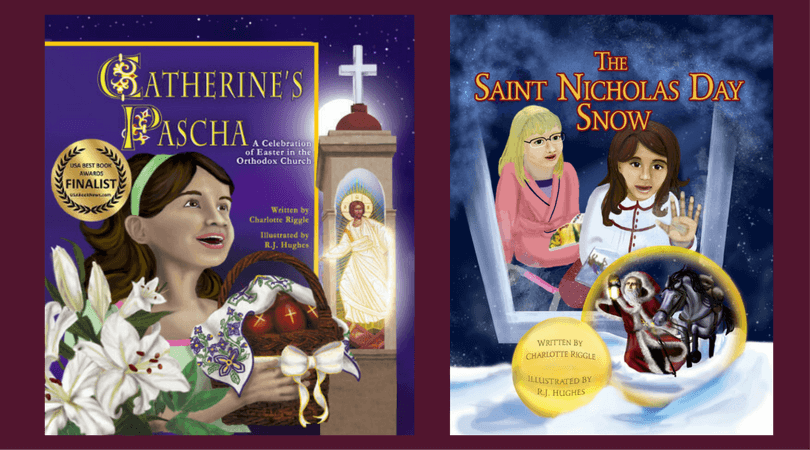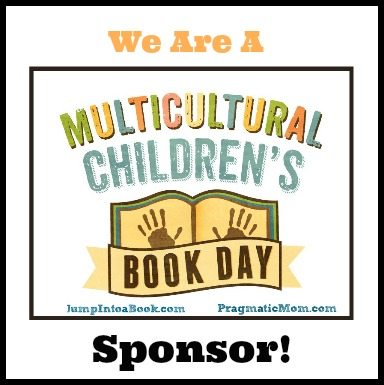Looking Out for Sarah describes a day in the life of Perry, the guide dog for a blind woman named Sarah.
And Looking Out for Sarah received the Schneider Family Book Award the first year the awards were given. You know, of course, about the Caldecott and Newbery awards and some of the other major book awards. The Schneider Family Book Awards aren’t as well known. They “honor an author or illustrator for a book that embodies an artistic expression of the disability experience for child and adolescent audiences.”
It seems fitting that the first children’s book to receive an award is about a blind woman’s guide dog. The founder of the award, Dr. Katherine Schneider, is blind. She was the first blind student to graduate from the public school system in Kalamazoo, Michigan. (I lived in Kalamazoo for a few years as a child. I didn’t know then that curb cuts were invented in Kalamazoo.)
Representation matters
Back to the book. In Looking Out for Sarah, author/illustrator Glenna Lang describes a day in the life of Perry and Sarah. It’s meant to teach the reader about what blind people can do, and how their guide dogs help them.
It also teaches readers that guide dogs aren’t perfect. Perry is distracted briefly by some yummy smelling crumbs on the sidewalk. Later, he hopes that Sarah won’t notice that he’s scarfing up the crumbs on the floor under the table at the restaurant. (She doesn’t.)
The book is particularly interesting, I think, because it’s not just theoretical. Sarah is a real person, and Perry was her real guide dog. And when Perry is napping, he dreams about the time he and Sarah walked from Boston to New York. That’s something that really happened.
The book can help children (and adults) understand that people who are blind can be just as interesting, capable, strong, and independent as anyone else. If the only place you have to meet such people is in a book, then books like Looking Out for Sarah are especially important and valuable.
And it’s important and valuable because it allows blind children to see people like themselves in stories – real people, not imaginary people who have mystical second sight because they are blind. And Looking Out for Sarah is available in a print/braille edition, which is the version I’d have gotten if I’d realized it was available. Not because I can read braille (I can’t), but because it just seems supremely appropriate for this book.
Story matters, too
I love all the things that Looking Out for Sarah does so well. But I’m sorry that it isn’t really a story. It doesn’t have a plot. There’s no conflict to resolve.
I think stories are powerful. And there was a story to tell: Sarah and Perry’s long walk. It’s not presented as a story. It’s just a dream inside a vignette.
I wish it had been the story. Lang could have conveyed everything she wanted to teach in the course of the story. And by making it a real story, with real conflict and real risks, it would have had the power to influence the readers in ways that information doesn’t.
I don’t want to over-emphasize that disappointment, though. As long as books that depict people with disabilities are rare, every single one of them is important and valuable. And Looking Out for Sarah is beautiful and well told. If you choose books for children, this one should be high on your list.
Brilliant illustrations
Lang built her illustrations out of large solid blocks of color, with no shading. While the back of the book says she used gauche on watercolor paper, she could just as easily have created the same effect using paper collage.
While I usually prefer more detailed illustrations in picture books, I think the bright blocky style that Lang uses is perfect for books that will be read aloud to a classroom. It’s easy to grasp what’s going on in the pictures, even if you’re not close to the book.
And, delightfully, Lang manages to convey Perry’s personality and emotions in the illustrations. He was clearly a wonderful dog.
Read More
17 essential picture books for Orthodox Christian kids: If you’re looking for picture books that include stories about Orthodox Christian people and traditions, you’ll find them on this list.
Hello Goodbye Dog: A review: The dog in this delightful story is not a service dog, even though his human uses a wheelchair.
Service Dogs and Church: Can you attend an Orthodox Church with your service dog? Unfortunately, it depends.
Buy the Books!

These delightful books will diversify your bookshelves with disability representation. Elizabeth, one of the main characters, is an ambulatory wheelchair user.
Catherine’s Pascha
FINALIST IN THE 2015 USA BEST BOOK AWARDS
Catherine doesn’t like vegetables. She doesn’t like naps. She doesn’t like it when her mom combs her hair. She loves hot dogs, chocolate cake, and her best friend, Elizabeth. Most of all, she loves Pascha! Pascha, the Orthodox Christian Easter, is celebrated in the middle of the night, with processions and candles and bells and singing. And Catherine insists that she’s not a bit sleepy.
Celebrate the joy of Pascha through the magic of a book: Catherine’s Pascha. Available on Amazon, Bookshop.org, and my webstore.
The Saint Nicholas Day Snow
Shoes or stockings? Horse or sleigh? Does St. Nicholas visit on December 6 or on Christmas Eve? Will a little girl’s prayer be answered? When Elizabeth has to stay at Catherine’s house, she’s worried about her grandmother, and worried that St. Nicholas won’t find her. The grownups, though, are worried about snow.
Celebrate the wonder of St. Nicholas Day through the magic of a book: The Saint Nicholas Day Snow. Available on Amazon, Bookshop.org, or my webstore.




Oh this book sounds lovely! I find locating books about dealing with blindness so difficult
This is truly one of the best that I’ve seen. If you know of others that are well told and treat the blind characters with respect, please let me know!